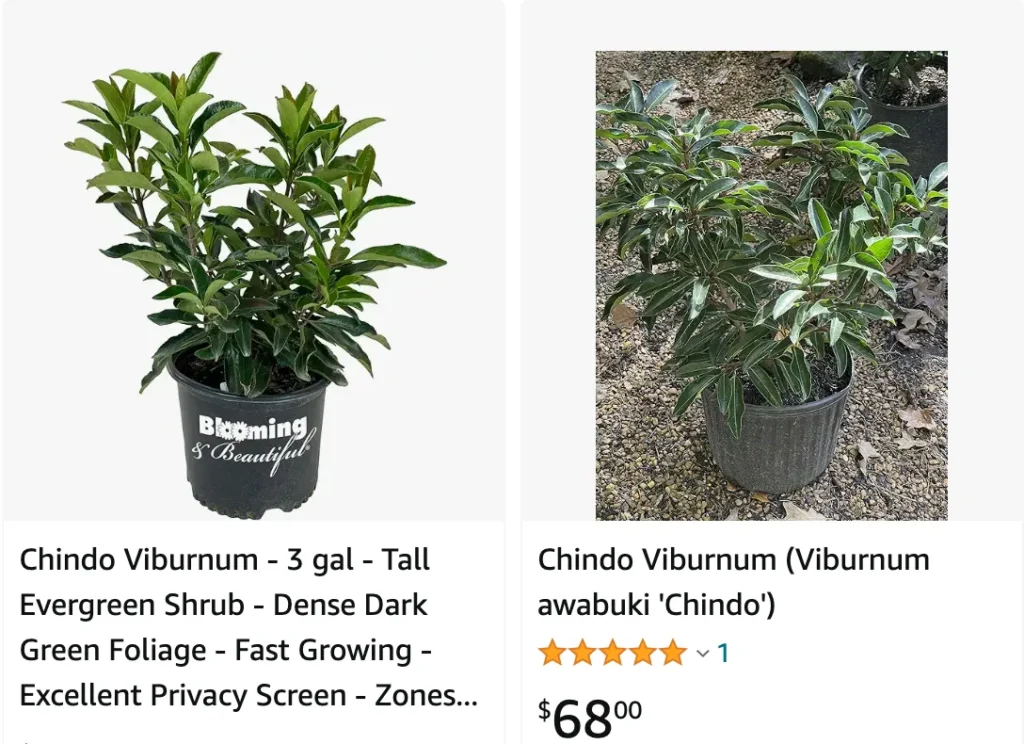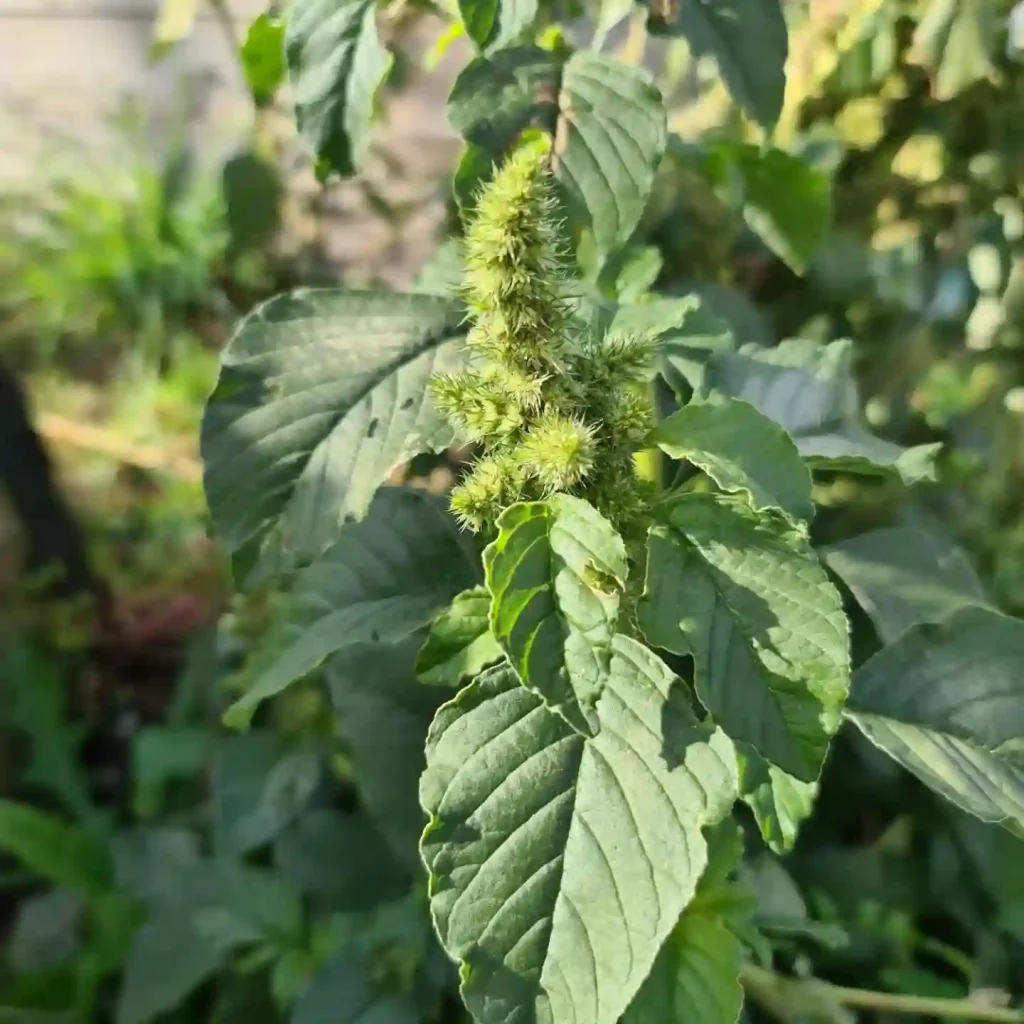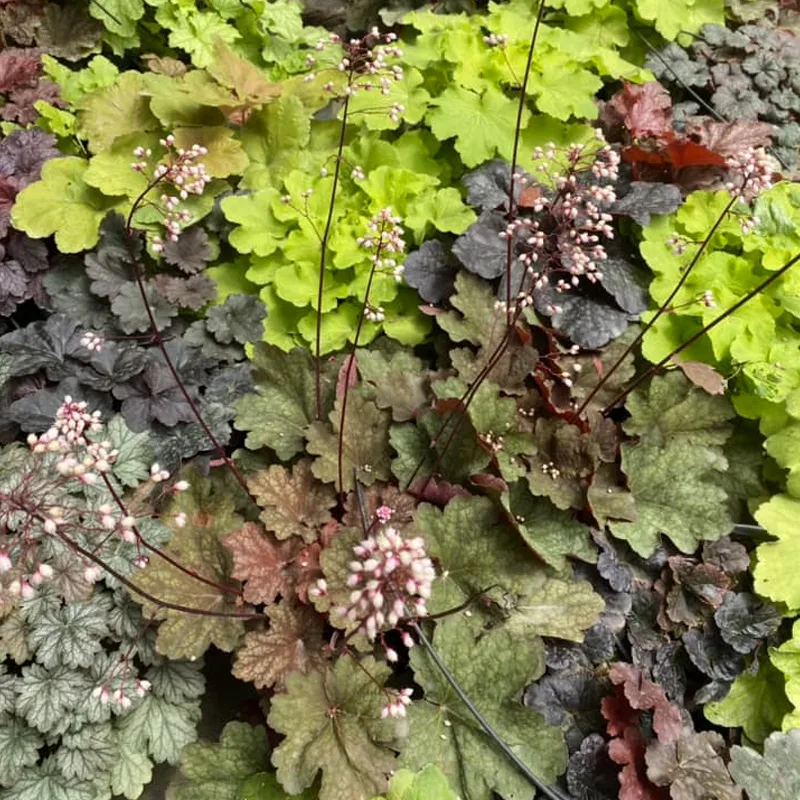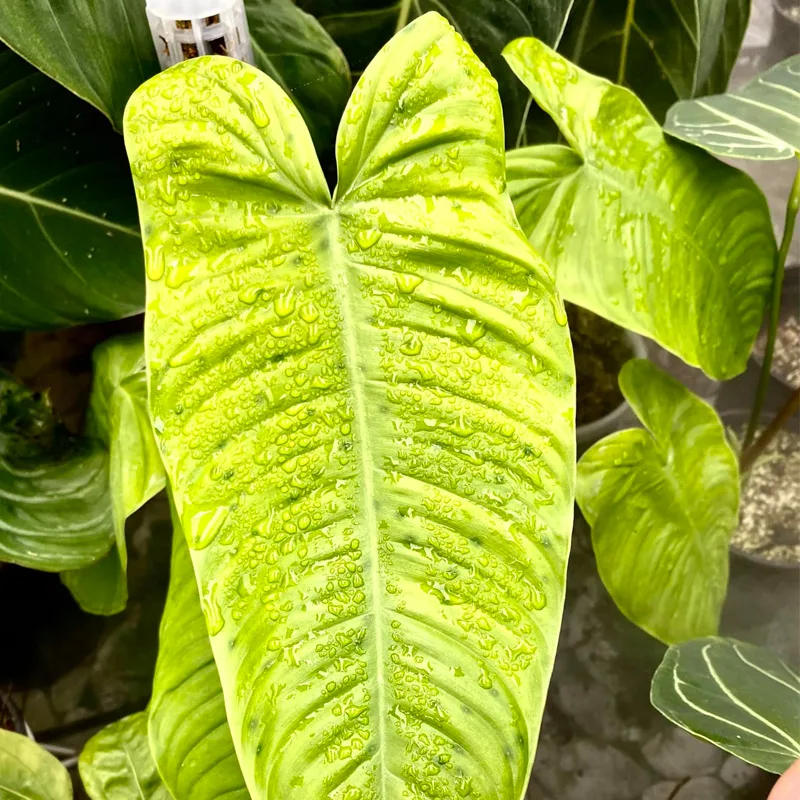
What is Viburnum Awabuki?
There’s a certain magic to evergreen plants. They bring a touch of life to the winter landscape, defying the dormancy of their deciduous neighbors. Enter the Viburnum awabuki, a stunning shrub (or small tree) that stole my heart with its glossy green foliage and fragrant white flowers. But before I went on a planting spree, I had questions. Would it thrive in my climate? Could it share space with my septic system? Fear not, fellow gardeners, because I’ve delved into the wonderful world of Awabuki viburnum, and I’m here to share the knowledge.
206 Species in Genus Viburnum
Viburnum Awabuki vs Sweet Viburnum
In my garden, Viburnum Awabuki stands out with its glossy, deep green leaves and dense, rounded shape, providing a lush, formal look, whereas Sweet Viburnum, with its lighter green foliage and more open growth, feels more casual and laid-back, making it a great choice for a relaxed, informal hedge.
Can Awabuki Viburnum Grow in Zone 9?
Absolutely! Viburnum awabuki flourishes in USDA zones 8-9, making it perfectly suited for the warm temperatures of zone 9 in my garden. In fact, its evergreen nature makes it a welcome addition to gardens seeking year-round greenery.
Here in my garden, the climate can get quite warm and humid. The Awabuki viburnum has proven to be a resilient plant, handling the heat and humidity with ease. Just be sure to provide it with some afternoon shade, especially during the hottest part of the summer.
Planting Awabuki Viburnum Wisely
While the Awabuki viburnum is a relatively low-maintenance plant, there are a few things to consider when choosing its location. One crucial factor is proximity to your septic system’s drain field.
Can I Plant Viburnum awabuki near a Drain Field?
The answer is a cautious no. Drain fields rely on healthy soil bacteria to break down wastewater. Plants with aggressive root systems can disrupt this delicate balance. While the Awabuki viburnum isn’t known for overly aggressive roots, it’s best to err on the side of caution.
Here’s a simple rule: maintain a minimum distance of 10 feet between your Awabuki viburnum and the drain field. This ensures your plant thrives without jeopardizing the proper functioning of your septic system.
How to care for Viburnum awabuki?
With its placement sorted, let’s talk about keeping your Awabuki viburnum happy. Here are some key care tips:
- Watering: During the first year after planting, water your Awabuki viburnum regularly, especially during dry spells. Once established, it’s fairly drought-tolerant, but occasional deep watering during extended dry periods is beneficial.
- Soil: This shrub prefers well-drained, slightly acidic soil. If your soil is heavy clay, amend it with compost or other organic matter to improve drainage.
- Fertilizing: A light application of a balanced fertilizer in early spring can give your Awabuki viburnum a boost. However, avoid over-fertilizing, which can encourage excessive foliage growth at the expense of flowers and fruit.
How to Trim Viburnum awabuki
The beauty of the Awabuki viburnum lies in its naturally dense and compact form. However, occasional pruning can be beneficial to maintain its shape and encourage flowering. Here’s how to keep your viburnum looking its best:
- Pruning Time: The ideal time to prune your Awabuki viburnum is just after flowering has finished. This allows the plant to focus its energy on new growth and flower bud development for the next season.
- Pruning Techniques: Use sharp pruning shears to remove dead, diseased, or damaged branches. You can also lightly shape the plant by selectively thinning out overcrowded branches. Remember, less is often more with pruning. Aim for a natural look, avoiding harsh, geometric shapes.
A Touch of Viburnum Magic in Your Garden
The Viburnum awabuki is more than just a pretty face. Its fragrant flowers attract pollinators like butterflies and bees, adding a touch of life to your garden. The vibrant red berries that follow are not only visually appealing but also a welcome snack for birds.
With its manageable size, ease of care, and year-round appeal, the Awabuki viburnum is a versatile plant that can fit into a variety of garden designs. Whether you want a stunning specimen plant, a privacy screen, or a hedge, this versatile shrub offers something for everyone. So, why not add a touch of Viburnum magic to your garden and enjoy its beauty for years to come?
If i die, water my plants!



